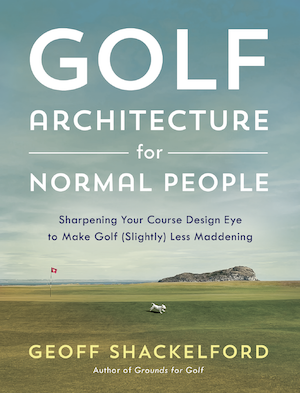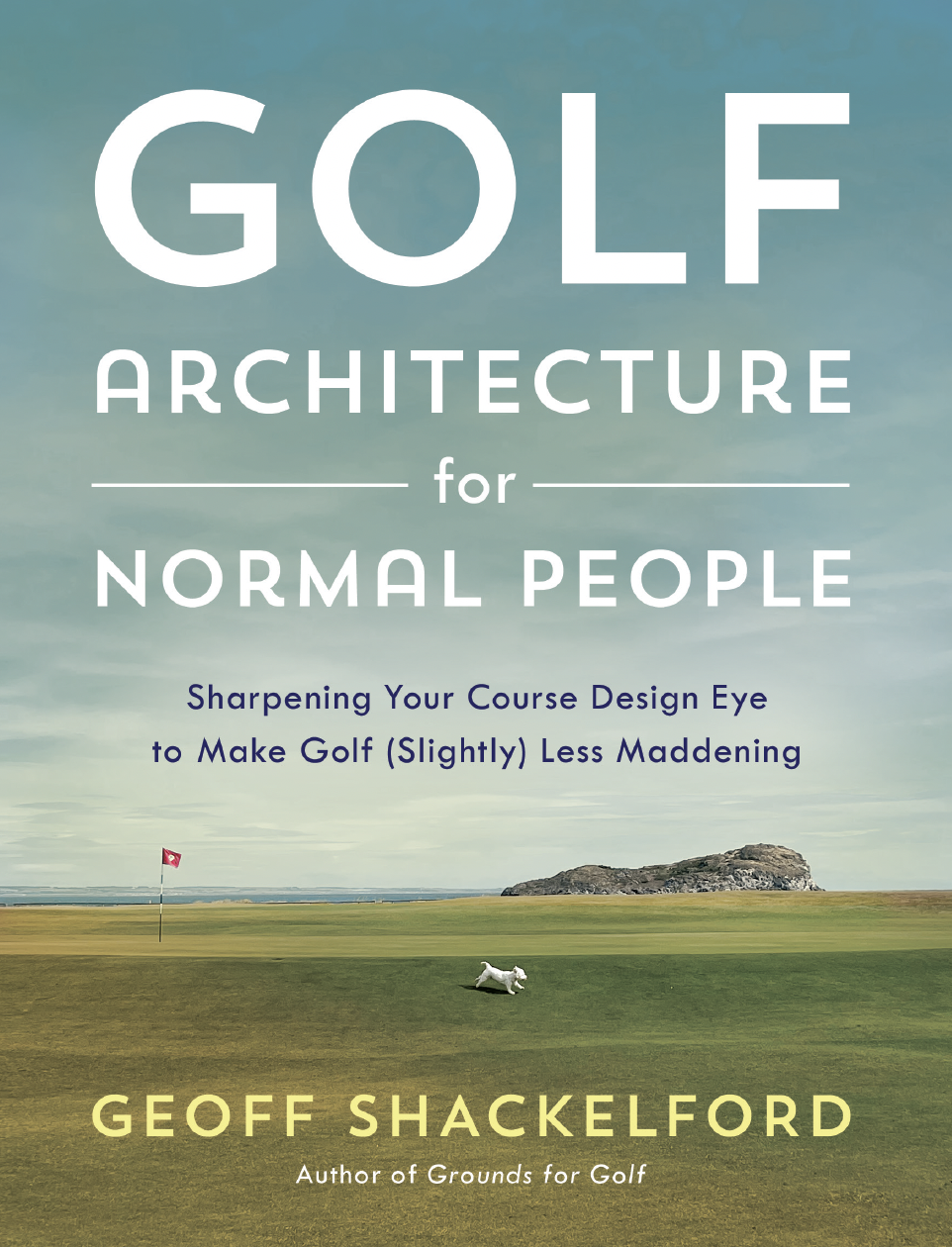"The best thing we can all do to make our golf game better is to at least practice with (and hopefully play with also) older smaller heavier golf clubs such as blade irons and persimmon woods."
/Yep, we have another treasonous threat to capitalism and his name is Bradley Hughes! The former PGA Tour player and Australian dares to out himself as no fan of what modern technology has done for the game. And while he has some excellent thoughts on how we should sticking up for our classic courses, I urge you to take a few minutes to read his thoughts on what modern clubs and lie angles have done to the average golfer's game. Hughes is teaching now and has lots to say.
Welcome Bradley to the vocal minority!
















